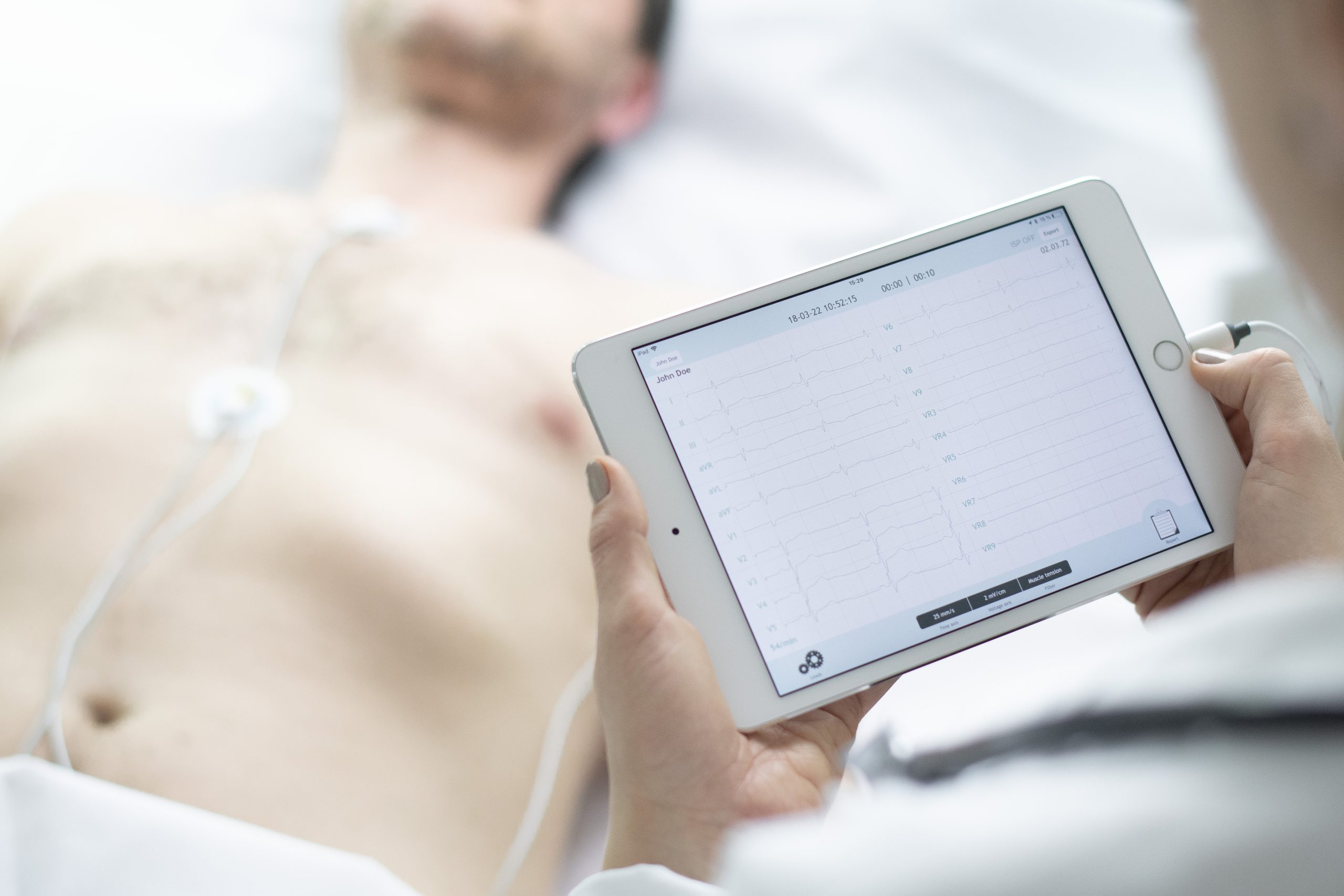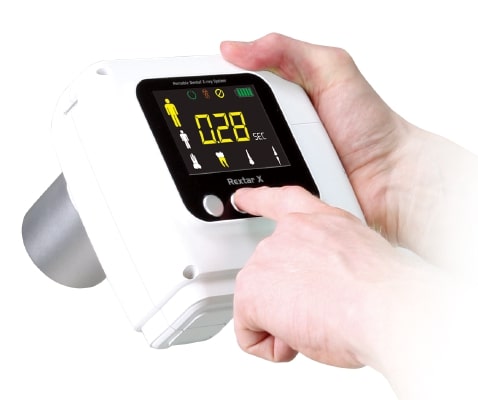The electrocardiogram (ECG or EKG) has long been a cornerstone of cardiac diagnostics. While the standard 12-lead ECG has provided critical insights for over a century, new technologies continue to redefine the boundaries of cardiovascular assessment. Among these innovations, the rise of 22-lead ECG systems signals a major advancement in diagnostic precision.
Beyond the Standard 12: A More Comprehensive View
The traditional 12-lead ECG monitors electrical activity in the anterior, lateral, and inferior walls of the heart. However, it falls short in directly evaluating the posterior wall and right ventricle—both crucial for diagnosing certain types of myocardial infarction. Supplemental electrodes or imaging often become necessary, adding complexity to the process.
Devices like the Cardiosecur Pro solve this challenge by offering a full 360-degree view through expanded leads. This broader scope allows clinicians to identify subtle abnormalities that standard systems may miss.
Unveiling Hidden Dangers: Posterior and Right Ventricular Infarctions
One of the most impactful advantages of 22-lead ECGs is their ability to pinpoint infarctions in areas overlooked by 12-lead systems. These include posterior and right ventricular regions, which often elude prompt detection.
European Society of Cardiology guidelines highlight the importance of assessing these zones when myocardial infarction is suspected. Rather than relying on complex setups, 22-lead devices integrate these leads directly—streamlining accurate and timely diagnosis.
Portability and Efficiency: Bridging the Gap
Modern 22-lead ECG devices combine high diagnostic capability with exceptional mobility. For example, the Cardiosecur Pro weighs only 50 grams and requires just four electrodes, bypassing the cumbersome setup of traditional machines.
With this portability, healthcare professionals can perform comprehensive ECGs beyond clinical settings, including:
- House calls—delivering hospital-grade diagnostics at home
- Emergency response—enabling immediate decision-making
- Remote monitoring—providing advanced cardiac evaluation via telehealth
User-friendly app interfaces further streamline operation, minimizing errors and saving time.
The Future of Cardiac Diagnostics Is Here
Portable and intuitive 22-lead ECG systems offer unparalleled insights into heart health. They support early detection of complex arrhythmias and hard-to-see infarctions, empowering clinicians to act swiftly and accurately.
Ongoing advancements, such as AI-enhanced signal processing, promise even greater diagnostic power. The shift to 22-lead ECG isn’t a small upgrade—it’s a transformative leap forward in cardiac care.
To learn more, explore the CardioSecur Pro ECG and visit the official website for additional insights.
⚕️ Important Disclaimer
This article is intended for informational purposes only. It does not replace professional medical advice, diagnosis, or treatment. Always consult with qualified healthcare professionals regarding your health. Never alter your treatment plan without medical guidance.
In the event of an emergency, contact local emergency services or visit the nearest hospital immediately. This website and its authors are not liable for outcomes resulting from reliance on the content herein. Readers must take full responsibility for their medical decisions.

